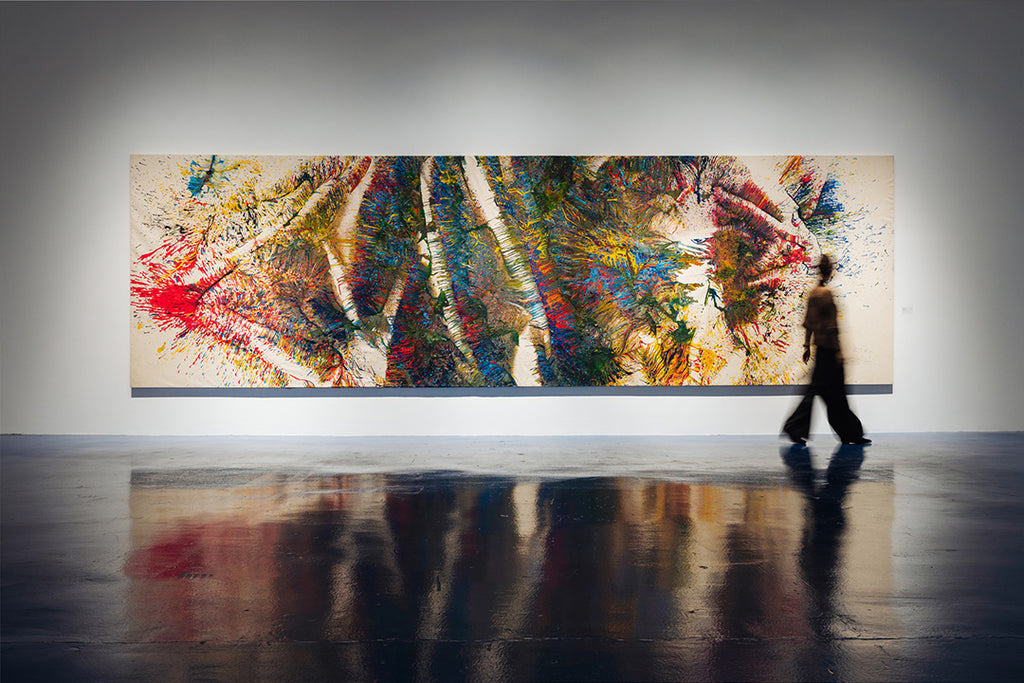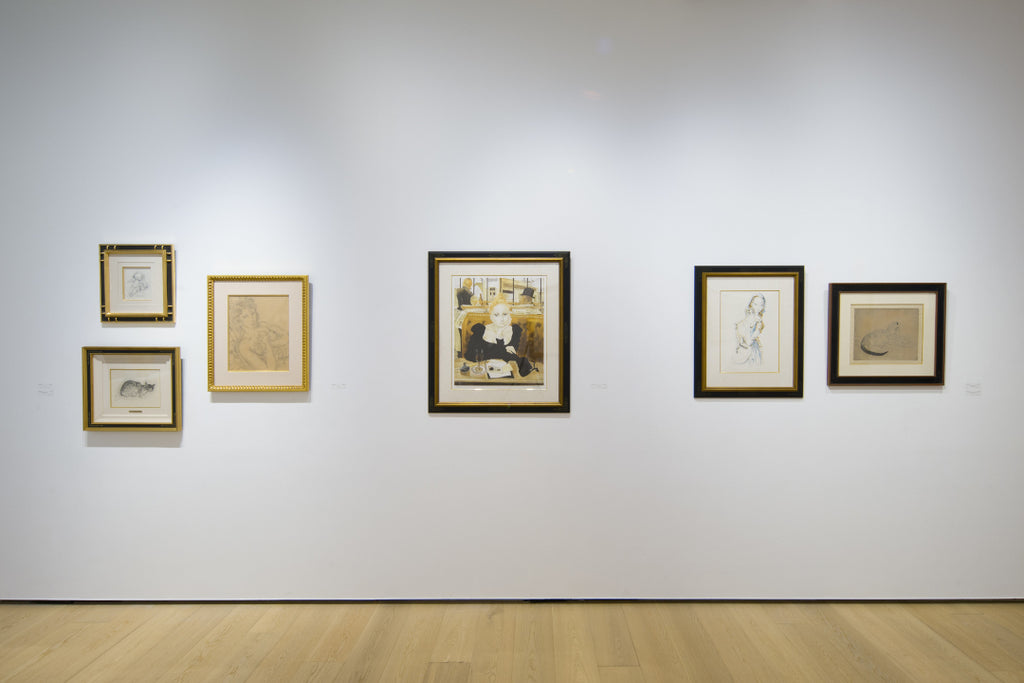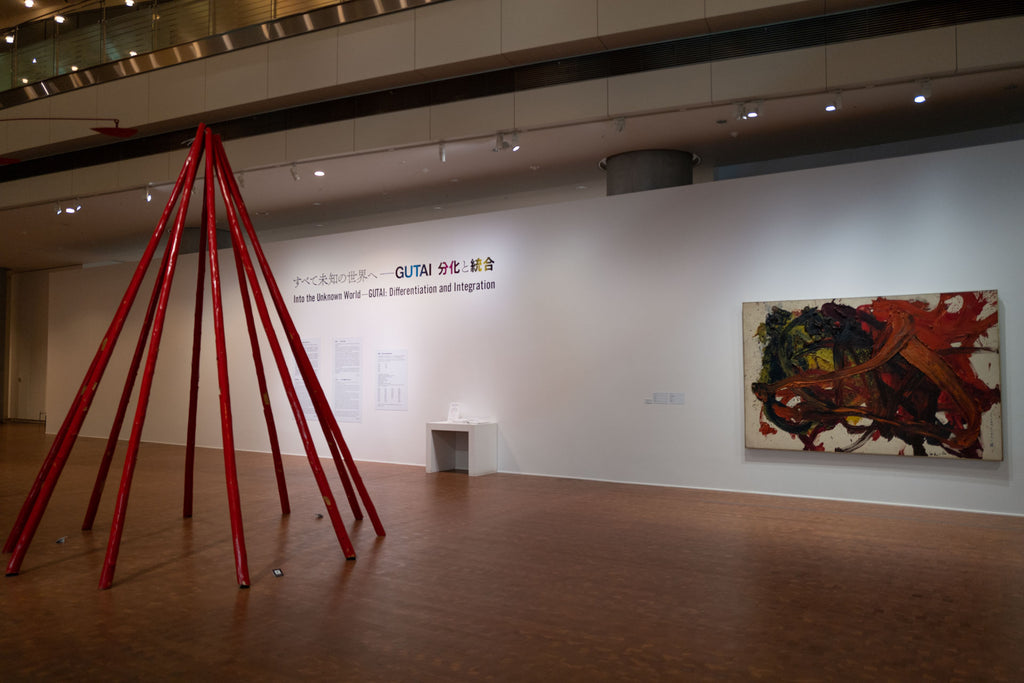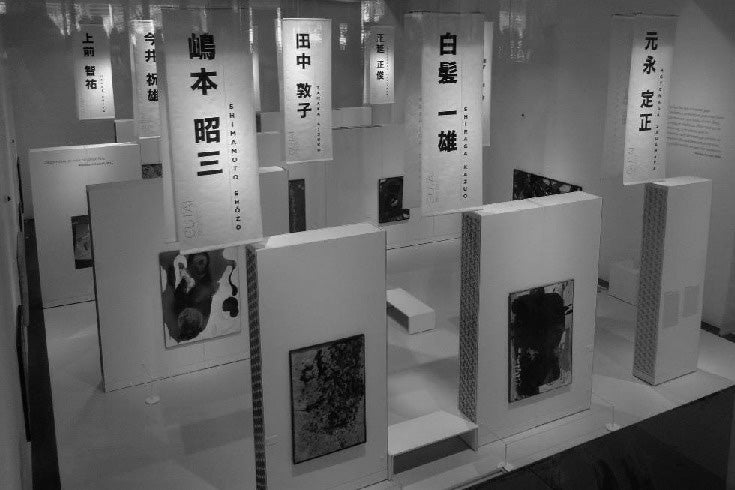ARTICLES
Japan's Unique Formative Art in the Work of Second Generation Gutai Artist: Tsuyoshi Maekawa
GUTAI STILL ALIVE 2015 vol.1
11/35

“TSUYOSHI MAEKAWA: The Pioneer of Postwar Japanese Art” Whitestone Gallery Taipei
A project evolving the digitized archive of the book, “GUTAI STILL ALIVE 2015 vol.1”. The 11th edition focuses on Tsuyoshi Maekawa, a 2nd-generation member of the Gutai Art Association, known for his use of burlap creations. Curator and art critic, Yoshio Katoh also gives a unique perspective on the beauty of Maekawa's works and how he makes use of materiality and shifts in expression.
Tsuyoshi Maekawa: A Second-Generation Gutai Artist Who Explores the Texture of the Support
Yoshio Kato
Curator, art critic
“Gutai,” an internationally known avant-garde art group in postwar Japan, was formed in 1954 in Ashiya, Hyogo Prefecture under the leadership of Jiro Yoshihara. The group kept active for 18 years until 1972, when Yoshihara died and the group was disbanded.
The group intended to exhibit the evidence of the freedom of the member artists’ spirit gutai (concreteness)-wise. The young artists from the area between Osaka and Kobe did action painting and performance art under Yoshihara’s directions: “Never imitate others,” “Make what no one has ever seen.”
Kazuo Shiraga painted, half naked, in mud, or with his feet. Sadamasa Motonaga dripped paint on the picture. Saburo Murakami became well known for his paper-tearing performances. Shozo Shimamoto used a cannon and bottles containing paint to make paintings instantaneously. Atsuko Tanaka wore a dress adorned with many electric lamps on the stage. The year after its inception the group started publishing its bulletin “Gutai” and holding “Open-Air Modern Art Experimental Exhibition Challenging the Midsummer Sun” at Ashiya Park. In 1957 the group held exhibitions “Gutai on the Stage” at Sankei Kaikan in Osaka and Sankei Hall in Tokyo. In 1962 an old warehouse owned by Yoshihara in Osaka’s Nakanoshima district was refurbished into “Gutai Pinacotheca.” It became a home for Gutai’s fanciful activities. Solo shows by Gutai members took place one after another there. At first the group consisted of 17 members. In the early 1960s new members joined, becoming the second generation of Gutai artists.
Tsuyoshi Maekawa, born in 1936 in Osaka, is one of the second-generation Gutai artists. He studied design at Osaka City Kogei High School. In 1959 he became a pupil of Yoshihara and took part in the eighth Gutai exhibition. He joined the Gutai group in 1962 and kept exhibiting at all the Gutai exhibitions until the group’s disbandment.
The works of the first generation of Gutai artists are often categorized as Informalism or action painting and show a strong inclination toward Abstract Expressionism. But Maekawa was interested in the materiality of painting and began to explore the texture of the support itself rather than action or spatiality in a painting. In the early ’60s he painted in oil on burlap. He put emphasis on both the texture of the support and color, which gave originality to the works.
Such 20th-century masters as Joan Miró, Paul Klee and Alberto Burri also used burlap. Burri’s “bag series” in the ’50s is well known for the texture of burlap collaged, holed, torn or sewn in order to create materialistic paintings.
However, Maekawa’s works differ from Burri’s in that they still have pictorial features while emphasizing the material’s texture. On the burlap canvas he made patterns in relief which were reminiscent of contour lines, and painted them in oil. The elegantly curved lines overlap and continue, make us feel the rhythm of nature and life, and imagine meandering rivers or the veins of a leaf. Many of the works from between 1960 and 1963 are in the collections of the National Museum of Art, Osaka and other public museum in Japan. Maekawa’s originality, which represents Gutai’s golden age, may have earned the success.
After Gutai’s disbandment, Maekawa’s style started to change. His works became more sophisticated. Maekawa won the Tokyo Metropolitan Art Museum prize at the 15th “Gendai Nihon Bijutsu Ten (contemporary Japanese art exhibition)” in 1981. In 1982, he got the National Museum of Art, Osaka prize at the fourth “Japan Emba Art Prize Exhibition”; the National Museum of Modern Art, Kyoto prize at the 14th “Nihon Kokusai Bijutsu Ten (Japan international art exhibition)”; and the grand prize at the fifth “Gendai Nihon Kaiga Ten (contemporary Japanese painting exhibition).”
Recent works by Maekawa are of cloth with thin thread woven in it. In contrast to the energetic, impressive works from the Gutai years, the recent works are monochromatic paintings with well-designed compositions and delicate shading.
Maekawa’s works from the ’60s to the ’80s are reminiscent of the patterns on Jomon earthenware from prehistoric Japan. Japanese earthenware, of which the oldest is said to date back to about 12,000 years ago, is unique and one of the oldest of the kind in the world. Jomon earthenware appeared some 8,000 years after the oldest earthenware was born in Japan, and spread over the Japanese archipelago. Among such earthenware, that of flame-shaped style from the mid-Jomon period found in today’s Niigata Prefecture is characterized by its beauty that has little to do with practical use. It may reflect ancient Japanese aesthetics. The energy and impressiveness of Maekawa’s art in the Gutai era are reminiscent of the flame-shaped Jomon earthenware. On the other hand, his works after Gutai’s disbandment, of cloth with thin thread, resemble the well-designed jukomon (multiple arcs) patterns of mid-Jomon, Sori type earthenware from Yamanashi Prefecture.
Although it’s not certain if Maekawa had been influenced by mid-Jomon earthenware, I thought that the basis of his art was in the patterns of Jomon earthenware, which shows the origin of Japan’s formative beauty. The root of Maekawa’s creative activities, which span over half a century, may be in Jomon aesthetics. Through Maekawa’s art, the DNA of Jomon aesthetics still exists today.
In the ’90s and the 2000s, colors flourished Maekawa’s works. The vivid and light red, blue and yellow of acrylic paint might be an attempt to catch light on the picture surface. Instead of material and haptic senses, vision and spatiality might have been sought. However, more recently he has gone back to monochromatic oil painting on burlap as in the Gutai days. He almost seems to be practicing Buddhist metempsychosis.
After half a century, Maekawa’s art has come back to its starting point. And Maekawa is so vigorous that we can be certain that his art will develop further.
(Mothly Gallery, June 2013)
Read more about the “Gutai Art Association »
*Information in this article is at the time of publication.



